Want to simply life with kids? A daily routine for kids is the key to better behavior, improved sleep habits, listening and bringing more peace to your home.
There are two teams of thought when it comes to routine – those that love having a routine and those that think a routine makes for a mundane life.
If you don’t have a routine yet, or are looking to adjust the one you have, here are 40 pre-made routine templates to take you from the baby years through the school years.
Those that keep to a schedule rave about how it helps their children feel comfort knowing what the day will hold, that their needs will be met and they ultimately have better, more predicable behavior.
Plus, one of my family’s favorite routine tricks is to use printable routine cards. We printed ours out, laminated and the kids each have their own set that are placed in order and they can go through as a daily reminder of what comes next, chores and responsibilities, and this way there are no surprises for them during the day.
Benefits of Having a Daily Routine for Kids
Parents like routine because it helps them to make the connection between the time/schedule (or straying from the routine) and behavior, and it offers is a structured place for mealtimes and nap times.
Adults who have a daily routine always know when the next break in the day is whether it’s to scarf some semblance of a lunch, relax (ha!), possibly nap (ha, ha!) and of course, take care of business.
Those that say ‘No Thank You’ to having a routine, often complain how restrictive a routine is and the sense of monotony it exudes.
I understand that people don’t want to feel tied to the clock each and every day and sometimes, just don’t like that much structure. Some days I don’t either, but a routine is how I juggle having twins and a toddler who nap, take quiet time, are active in sports, go to school, eat, sleep, and play.
While I understand that having a routine can feel monotonous, structure is proven to be a comfort to children and helps them to better regulate their bodies and emotions when their internal clocks are in synch from following a general rhythm each day.
What Type of Daily Routine for Kids Should We Use?
Our family has always had a routine and while we use the clock as a check-in for our day, we follow more of a rhythm-based system now that the kids are older.
A rhythm-based schedule gives our family some wiggle room to push nap time by 30-minutes or do an occasion special activity in the evening, while the order of our day stays the same.
Having twins, we have always had a routine because we wanted the kids to be in synch with feedings and sleeping from the first day we brought them home. If one baby woke up, we didn’t let the other one sleep, we woke him up too until their internal clocks synched with one another.
What started out as a practice for our sanity and necessity for sleep, became a comfort that kept them from becoming anxious or more prone to outbursts without it.
It became noticeable if we strayed too far from our structure, the adverse changes in their behavior and temperament would pop up. A routine gave them consistency a sense of comfort and security.
Having a routine, is equally beneficial to children and parents but what style of routine you create for your family is always unique to the lifestyle you choose to live.
Some people say that a routine makes your life too stringent and takes away the spontaneity of play. It’s hard to argue with the research that states over and over, the importance of having a schedule that sets expectations, helps to manage eating and sleeping times, yet it still allows for structured and unstructured playtime and for exploring and creativity.
Download Your Routine Tracker – The Starting Place for Creating a Better Routine and Great Sleep Habits
Important Benefits of a Daily Routine for Kids
- Children Learn Mealtime Structure
- Children Learn Bedtime Routines (BONUS: their internal clocks naturally begin to adjust)
- Children Learn Family-Specific Routines like Childcare, Weekends, etc.
- Establish Healthy Habits such as Brushing Teeth, Getting Dressed, Washing Hands, Brushing Hair, etc.
- Create Time Each Day that is Dedicated to Connection and Playing with Siblings & Parents
- Children Will Learn & Understand Time / Time Management
Printable Routine Cards & Routine Sets give kids visual cues about what comes next and the rhythm of the day. For a more thorough explanation and resource of keeping a routine,
Check out the Master Routines & Schedules Ebook which is 70-pages of jam-packed information and 40+ sample routines.
Types of Daily Routines Kids Can Use
There are different styles of routines that may be a better fit over another type for your family. Routines can be scheduled around times or have a general rhythm to the day with set boundaries like dinnertime and a consistent bedtime.
A rhythmic routine helps kids have an order to their day – like waking up, going to the bathroom, getting dressed and having breakfast – there is an order to a routine.
Consider implementing a routine for your family and reap some of the benefits once you find your own rhythm.
If you want sample routines – here are 6 sample routines for toddlers from real Moms to get you started.
Having a Daily Schedules Promote Better Behavior
One major factor that contributes to poor behavior are unexpected and sudden transitions.
When you have a consistent routine, kids build learn to know what is coming up next and it eases them through those periods of transition – because they expect what happens next.
A structured day sets expectations for when it’s mealtime, nap time, playtime and bedtime and helps little bodies to fall asleep faster, and sleep better when they do it every day at the same time.
When children don’t know what’s next, this creates an uneasiness and often unleashes fits because of transitions and unfamiliar circumstances.
I know when we veer from our routine, whether it’s to run errands or push nap or bedtimes, the kids get irritable and whiny.
If I want to save myself from a tantrum or poor behavior, I stick to the routine.
Once you have a schedule in place and do it for a while, you won’t check your watch often because everyone – parents, kids, caregivers, etc. – begin to run on autopilot.
The kids know when it’s lunchtime and when it’s nap time. They head up for a bath after dinner without being asked, change into pajamas and begin preparing for bed without putting up a fight.
Everyone Has Time to Rest With a Daily Routine
A schedule tells everyone when it’s time to eat, sleep and play.
It allows time for independent play for your kids as well as free time when the kids are napping or after bedtime.
Rest time is especially essential if Mom is a Stay-at-Home Mom and needs time to recharge and maintain her sanity. Scheduled nap and bedtimes ensures everyone gets the time they need to sleep and recharge.
Consistent patterns of sleeping and awake time help your children learn to recognize when it’s time to sleep and when it’s time to be awake. They’ll be less likely to fight sleep times when their internal clocks follow a pattern.
Structure also gives parents cues to behavior that crop up close to sleep times such as irritability, crankiness, rubbing eyes, etc. that let you know sleep time is near or should be moved up a little earlier than normal.
I have three kids and they all nap at the same time every day, 12:30pm – 2:30pm because our consistent routine set their internal clocks to be in rhythm with one another.
I didn’t have to beg or bribe the kids to nap, but because we had a routine that worked for our entire family, their bodies naturally let them know when it was time to sleep and so, they didn’t fight it.
I’m also an introverted person, so alone time each day is a necessity for me to remain calm and patient. If you’re an introverted Mom, you need this time to sit and be alone with your thoughts and self too.
A Routine Sets Expectations & Creates Safety for Kids
Some people associate the words routine and schedule with dullness, monotony, uniformity….
You may be one of those that prefers to live on the edge and be spontaneous with your children, but research shows that its beneficial to the psyche and development of children to have a consistent routine.
While it may feel monotonous to a parent, and trust me, I completely understand the feeling that some days resemble living in the movie Groundhogs Day because I’ve been there, but a schedule gives children a comforting sense of security and elicits better behavior.
Routine Cards are wonderful for reminding children of their schedule for the day and they can visually see what is coming next. I’ll take happier, less anxious and turbulent children any day even if it means some days have a dull sense of monotony.
Kids feel secure knowing that their needs – food, sleep, playtime, stimulation and attention – will be met throughout the day. Surprises during the day can throw a calm and happy kid into a tizzy, fast.
For Moms, having a daily routine means that you are innately in touch with the rhythm for the day and your children.
You know what needs to be done, when you can squeeze in the extras and have a little breathing room to modify the schedule for something special and fun here and there.
Routines Help Parents Stay on Top of Responsibilities
I have a friend, that every night after her kids go to sleep, which is about 10pm (and no, her family has never operated with a routine and yes, she is a Stay-at-Home Mom like myself), she spends another two hours doing laundry, cleaning the house, packing lunches and other household chores before going to bed completely exhausted and having took no time for herself.
The opposite happens at our house because of the routine we keep.
Our family structure means that when the kids go to bed (at 7:30pm), I may pick up a few random toys off the ground but I’ve already had short periods of time during the day to stay on top of laundry, dishes and other obligations. When 7:30 rolls around, it’s Mom time or time for my husband and I to connect without any chores, items to check off a list or nagging responsibilities.
The reason I’m on top of our household responsibilities is because with our routine, I have bits of time throughout the day to tackle them.
When the kids are playing independently, napping or are at preschool, I have small breaks where I can check tasks off my list.
I don’t feel guilty about doing them because the kids are occupied or out of the house and so when bedtime comes around, I completely enjoy my time in the evenings.
Being in control of a routine gives you time to devote undivided attention to your kids, and also juggle other responsibilities without feeling stretched thin or short on time.
A consistent routine gives Mom time to recharge her battery, time to take care of other business outside of her children, and also indulge in things that keep her mentally and emotionally well.
The Best & Easiest Way to Teach Kids a Routine
Routine cards are a wonderful way to help kids remember what comes next, whether it’s for the morning, bedtime or an entire day. These printable routine cards come in boy and girls styles and include chore cards, and our online store offers printable morning and bedtime charts with coordinating routine cards.
Need a little extra help starting or adjusting your daily routine? Here’s a FREE Course that will help you take control & bring more peace to your home.
Download Your Routine Tracker – The Starting Place for Creating a Better Routine and Great Sleep Habits
More Sleep & Daily Routine Resources:
- 11 Helpful Charts for Kids: Chores, Reward & Daily Routines to Help Kids Thrive
- Create an Awesome Routine for Better Sleep Habits
- 6 Tips to Get Your Child Out of Bed in the Morning Without a Fight
- Sleep Strategies for a Good Night’s Sleep & Daily Routines for Kids
- Create a Routine: 6 Sample Toddler Schedules from Real Moms
Want even more?
Shop All Parenting Resources
Shop all of our parenting resources from self-regulation tools and managing big emotions to building self esteem and confidence. There are resources for all seasons of life!
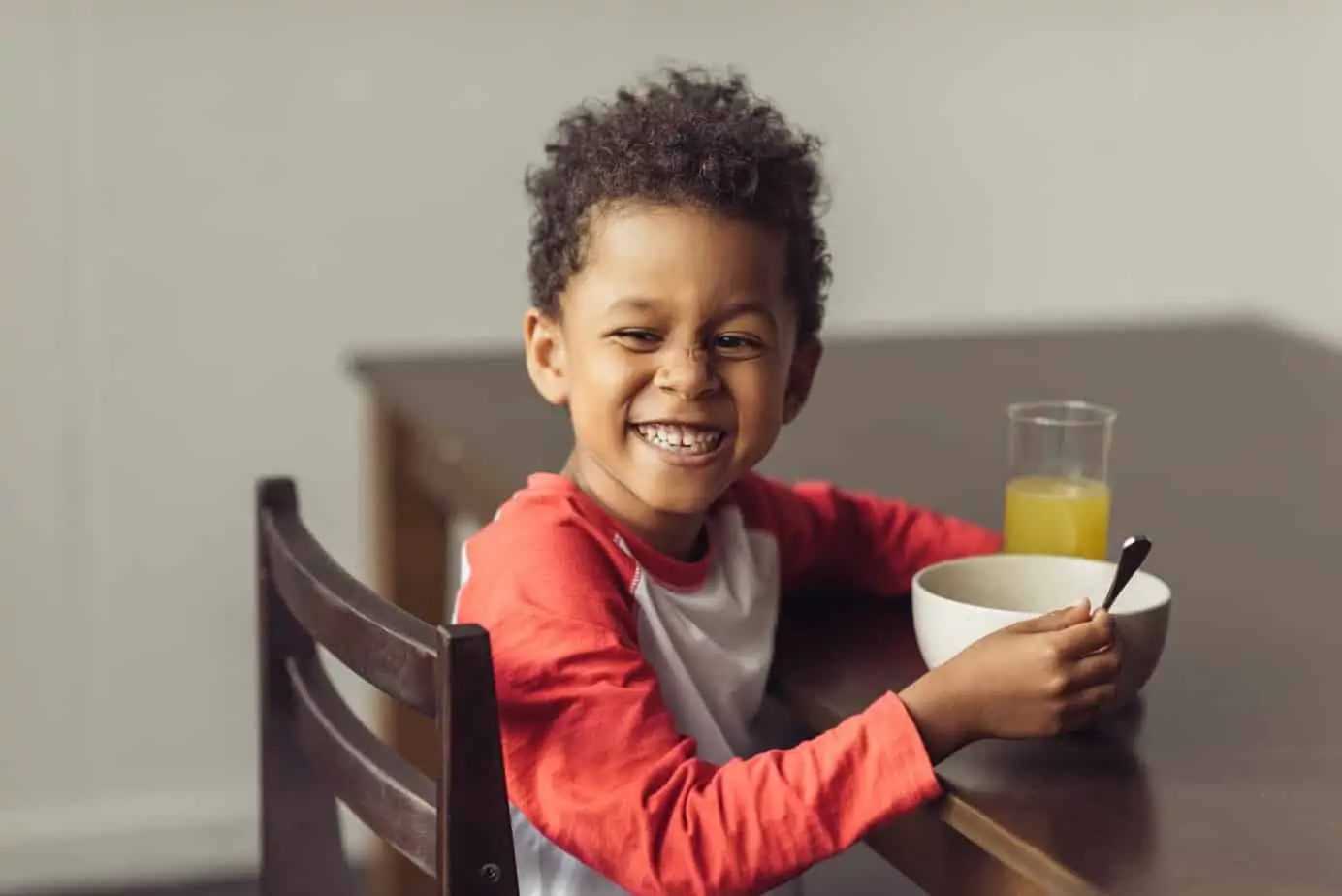
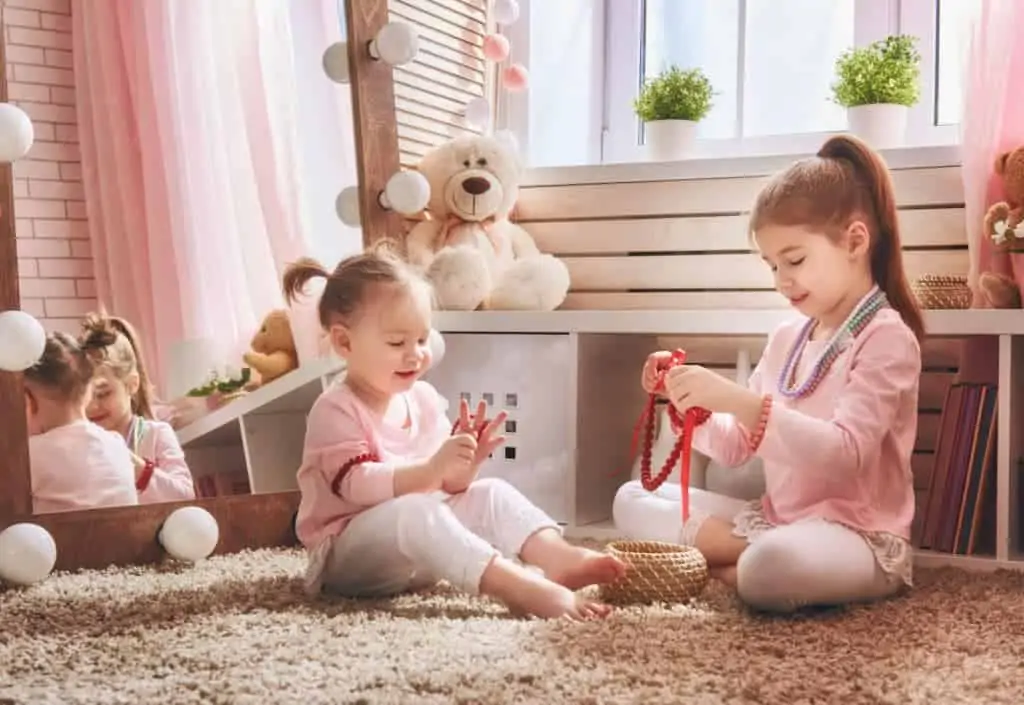


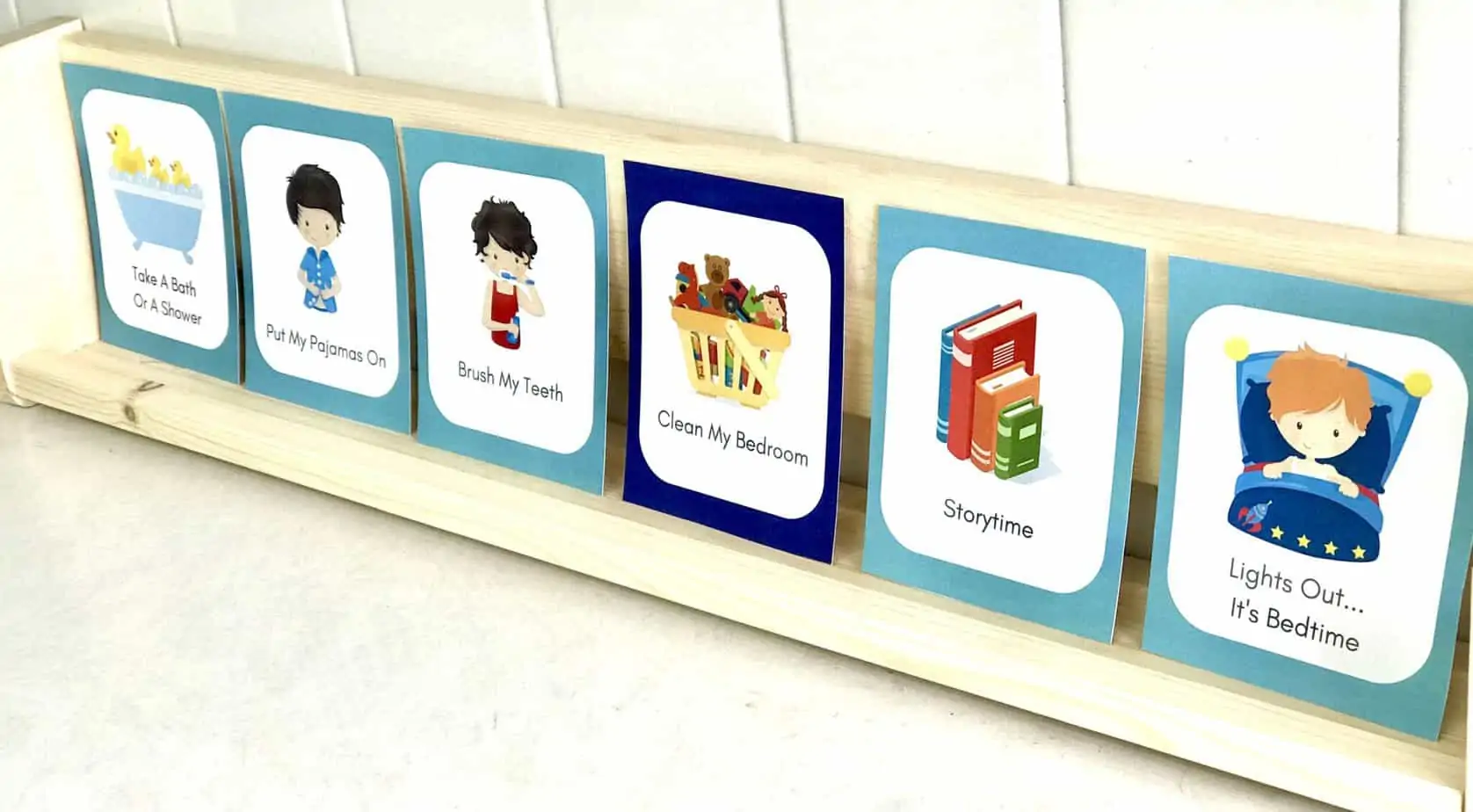
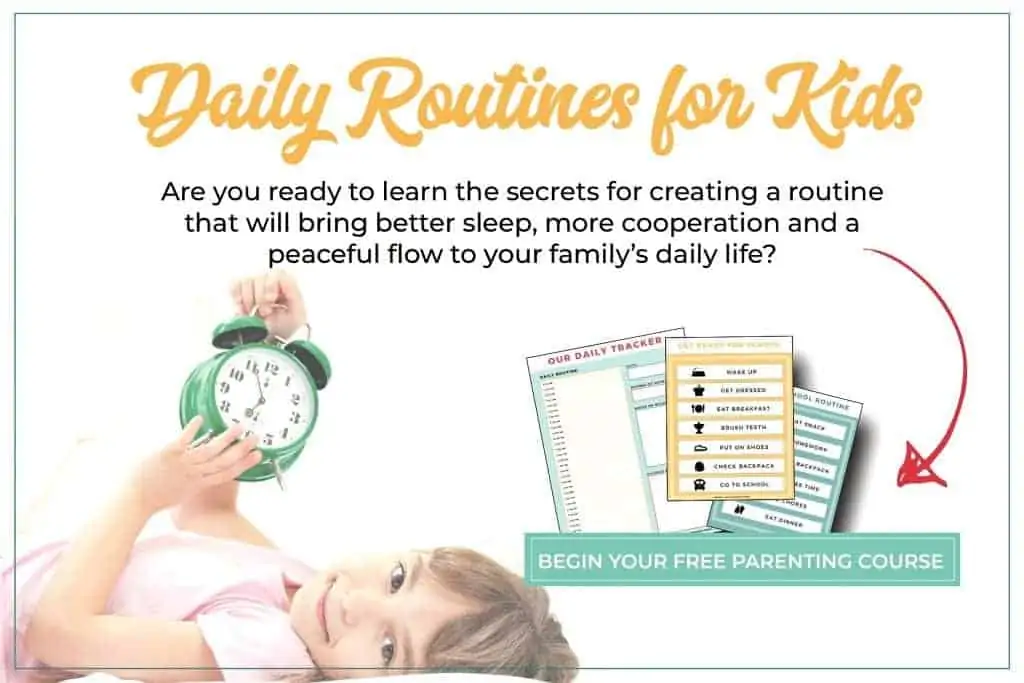

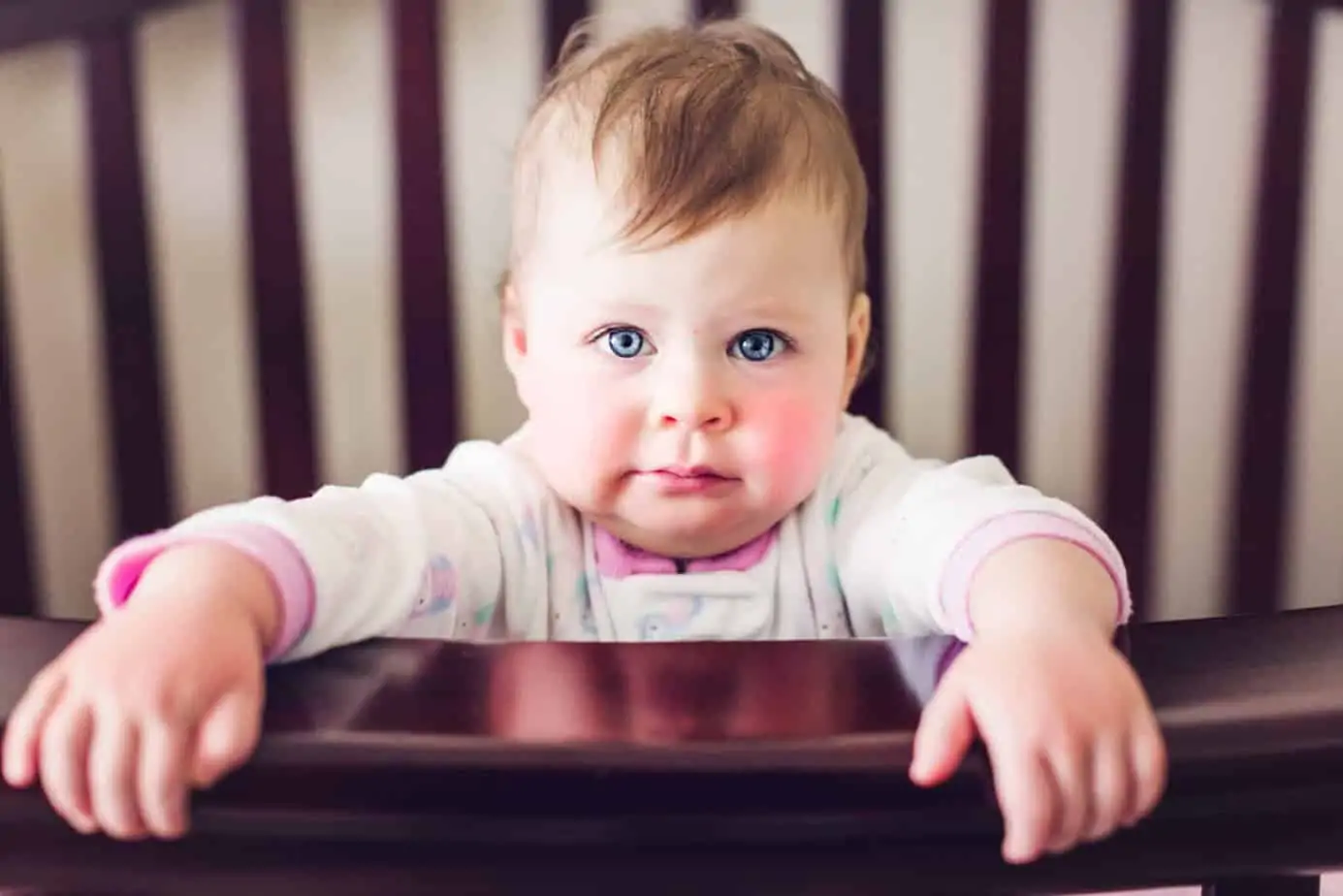
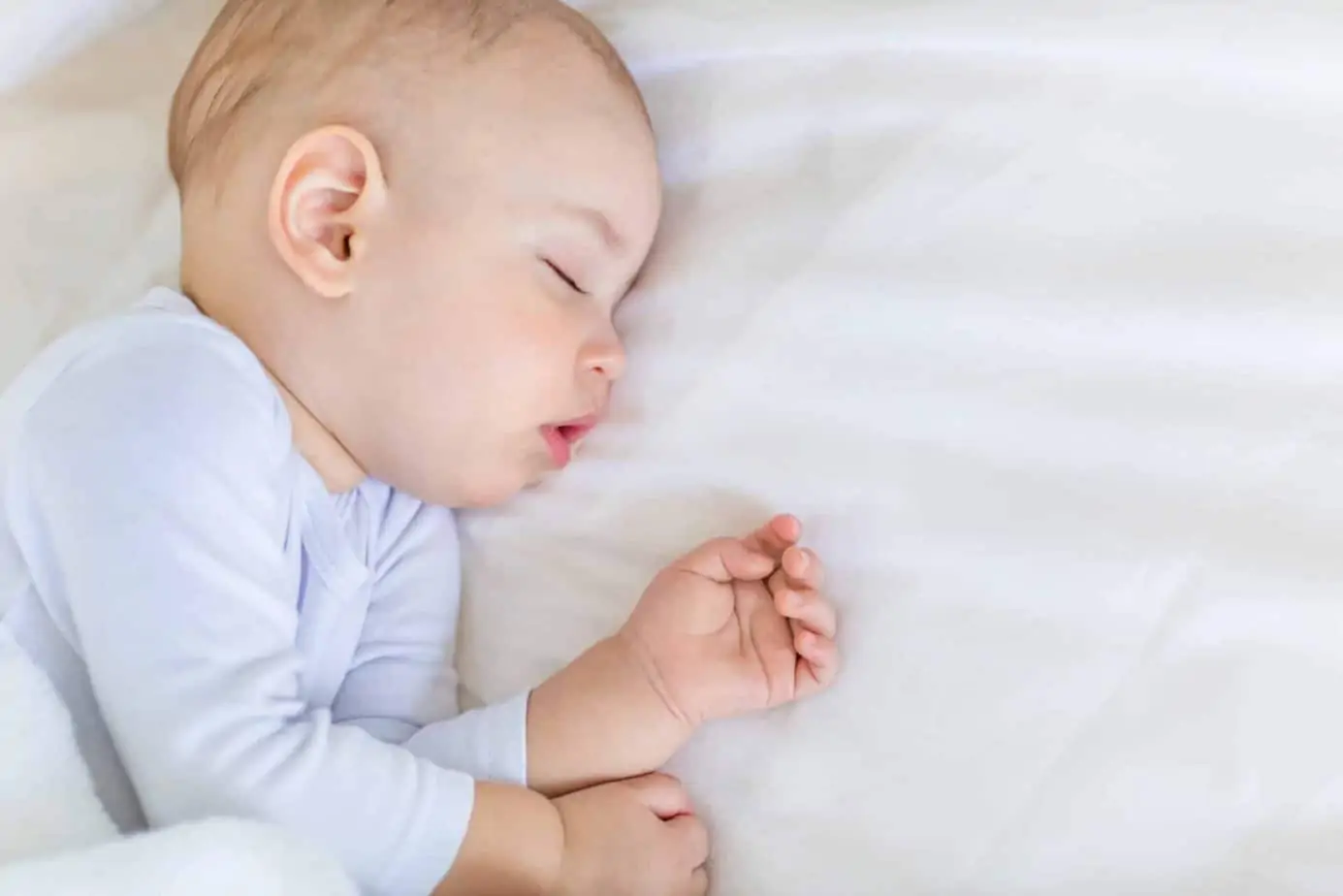




One Comment
Comments are closed.